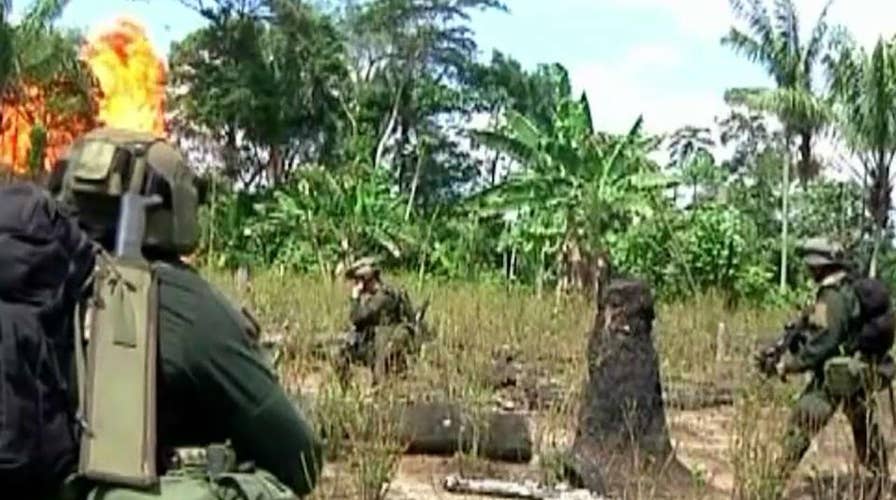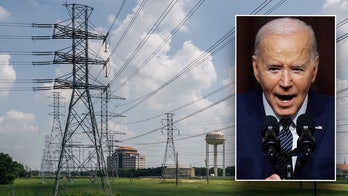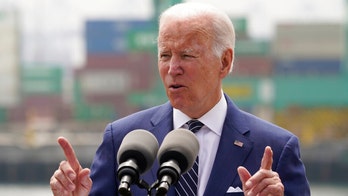Whatever Happened to the war on drugs?
U.S. has spent billions to address drug production; Rich Edson reports from Bogota, Colombia.
NORTHERN SANTANDER DEPARTMENT, Colombia – United States and Colombian government officials pledged renewed efforts to fight drug trafficking here, yet critics claim they’re returning to failed efforts in a losing fight against cocaine production.
“With President Duque, he wants this to be a priority, as well as President Trump,” said Nikki Haley, the U.S. Ambassador to the United Nations, while she toured coca fields in northern Colombia. “We’re looking at tons of coca behind us…and it needs to be eradicated.”
Haley led the U.S. delegation to the inauguration this week of incoming Colombian president Iván Duque.
Colombia is the world’s largest cocaine producer and more than 90 percent of the cocaine seized in the U.S. originates in Colombia, according to the U.S. government. Even though the U.S. government has spent billions eradicating drugs in Colombia, the White House Office of National Drug Control Policy said the country's coca cultivation hit an all-time high last year.
Haley said Colombia and the U.S. are targeting to cut in half coca cultivation and cocaine production in Colombia. For the Trump and Duque administrations, that means increasing efforts to destroy coca crops before traffickers process them into cocaine for sale in the U.S.
“This is where it comes from. We are at the source where it comes from. And we have to go the source. We’ve got to cut the supply,” said Haley in an exclusive television interview with Fox News. “We’ve partnered with President Duque because he’s as aggressive about it as we are.”
In 2015, Colombia suspended a U.S.-sponsored program that targeted coca fields with herbicide sprayed from airplanes after the World Health Organization determined the key compound the government used is “probably carcinogenic to humans.”
This year, spraying resumed with drones. Haley said the U.S. and Colombia are searching for a substitute herbicide.
Development experts have questioned the government’s crop eradication efforts. Coca yields are more frequent than those of legal crops and farmers can protect coca against spraying. Their coca fields are often guarded by armed drug traffickers, IEDs and snipers.
The choice for rural Colombian farmers is easy, they said. Traffickers will collect their coca crops and pay them enough to provide for their families in areas where infrastructure, economic opportunities and government services are poor.
“If the war on drugs is to continue to be fought, Colombia should stop aerial spraying campaigns aimed at destroying coca crops and instead focus its anti-drug strategies on those stages of production and trafficking where organized crime groups obtain the most profit,” according to a report by Daniel Mejía, director of the Research Center on Drugs and Security at Universidad de los Andes in Bogota.
“Overwhelming evidence indicates that aerial spraying campaigns have little to no effect on reducing coca cultivation, but rather have produced high direct costs and negative secondary impacts on human health, the environment, and the political capital of the state.”
Former President Juan Manuel Santos pushed development and alternative crops in rural areas to encourage farmers to reject planting coca. Critics said Santos followed high expectations with insufficient implementation, especially as it can take multiple years to successfully replace coca with legal crops.
“They’ve got to be able to use not just eradication, not just substitution, but development as part of that three-way pillar to make sure we’re doing all of those things at the same time,” said Haley. “He and his government are committed and I think that the United States is ready to support and help in any way we can.”





